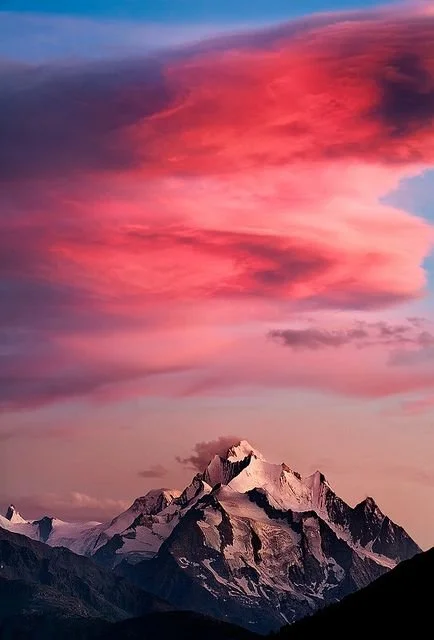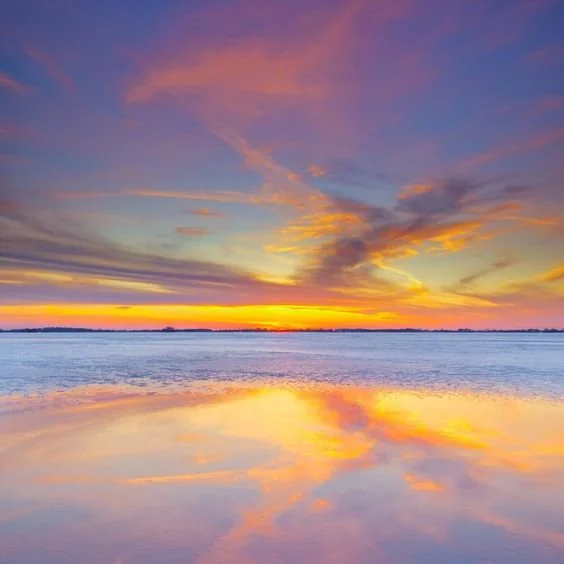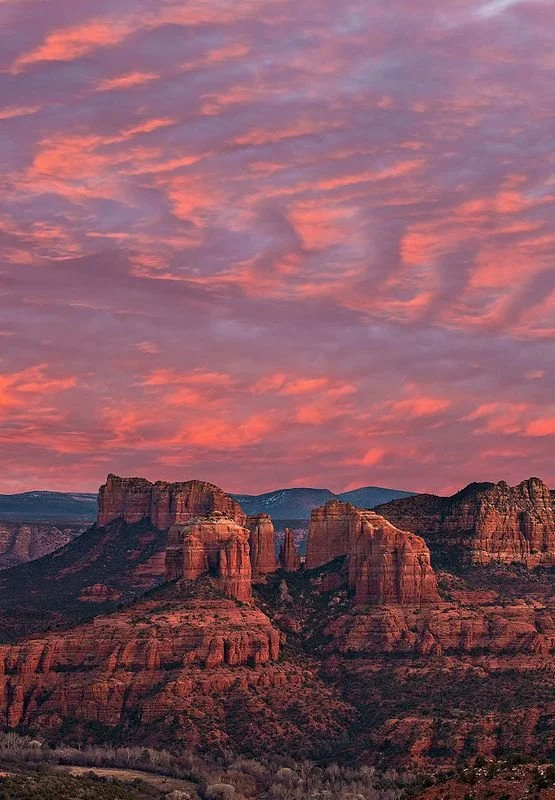Sunsets Unveiled: The Magic and Science Behind the Phenomenon
Summer nights possess a certain indefinable charm that makes them uniquely memorable for both young and old souls. Unlike winter evenings, which signal the end of the day, summer nights feel like the beginning of a new adventure, filled with the potential for magical happenings. As the sun begins its descent, the sky transforms into a spectacular array of colors, captivating our hearts and minds with nature’s beauty.
The Science of Sunsets
Atmospheric Scattering
As the sun sets, its light traverses a thicker layer of the Earth's atmosphere, scattering shorter blue and violet wavelengths and allowing longer red, orange, and pink wavelengths to paint the sky. This scattering, known as Rayleigh scattering, creates the warm, vibrant colors we associate with sunsets.
Particles and Pollution
Dust, pollen, and pollution particles in the atmosphere enhance sunset colors by scattering light in various directions. This phenomenon, called Mie scattering, adds depth and vibrancy to the hues. While pollution can sometimes obscure the clarity of a sunset, it often contributes to more dramatic visual displays by enhancing the scattering effect.
Humidity and Clouds
Humidity and clouds play a significant role in the splendor of sunsets. Water droplets and ice crystals within clouds reflect and refract sunlight, adding layers of color and texture to the sky. High-altitude clouds, such as cirrus clouds, catch the sun’s rays even after it has dipped below the horizon, prolonging the visual spectacle with a lingering glow.
Photo: We always aim to credit photos; if this one needs crediting or removal, please contact us with the source.
The Emotional Impact
Sunsets evoke profound emotions, offering moments of tranquility, reflection, and wonder. The serene transition from day to night provides a time for contemplation, making sunsets a cherished part of the summer experience. Each sunset is unique, a fleeting masterpiece that reminds us of the beauty and mystery of our world.
Photo: We always aim to credit photos; if this one needs crediting or removal, please contact us with the source.
Capturing the Perfect Sunset
Timing
Arrive early to witness the full progression of colors and light.
Location
Seek unobstructed views of the horizon, such as beaches, hilltops, or open fields.
Photography Tips
Use a tripod for stability, experiment with camera settings, and consider filters to enhance colors.
Some of the most captivating photos come from spontaneous captures of unexpected brilliance.
Photo: We always aim to credit photos; if this one needs crediting or removal, please contact us with the source.
Global Perspectives on Sunsets
Around the world, different cultures celebrate and interpret sunsets uniquely. From poetry and art to festivals and rituals, the daily descent of the sun has inspired countless expressions of awe and reverence, highlighting the universal appeal of this natural wonder.
Legends and Myths
In ancient Greece, the sunset was personified by Helios, the sun god, who rode his chariot across the sky, bringing daylight to an end. Similarly, in Norse mythology, the sun was chased by a wolf, symbolizing the inevitable cycle of day and night.
Cultural Celebrations
In Japan, the practice of “Yūgao” involves watching the evening glories and enjoying the serene beauty of sunsets. The Maasai people of Kenya often gather to sing songs and share stories as the sun sets, appreciating the transition from day to night.
Modern Traditions
In Santorini, Greece, people gather at Oia to witness the stunning sunset over the caldera, a ritual that attracts visitors from around the globe. In California, watching the sunset along the Pacific Coast Highway has become a cherished tradition, creating lasting memories of summer evenings.
Art and Literature
Sunsets have been immortalized in countless works of art and literature. The Impressionists, like Claude Monet, captured the fleeting light of sunsets in their paintings. Writers like Emily Dickinson and Rabindranath Tagore have penned poems that celebrate the beauty and symbolism of sunsets.
Photo: We always aim to credit photos; if this one needs crediting or removal, please contact us with the source.
Summer sunsets are a testament to nature's extraordinary beauty and the intricate interplay of atmospheric elements. Understanding the science behind these stunning displays deepens our appreciation for the moments of wonder and serenity they bring. Watching the sun set is more than a visual experience; it's a time of connection, reflection, and pure awe.




































